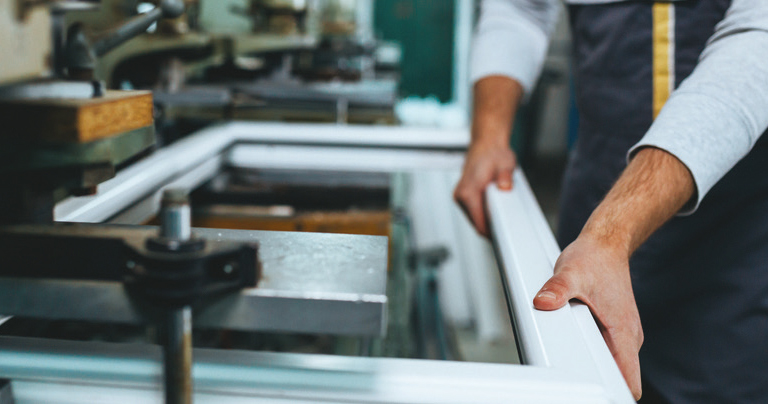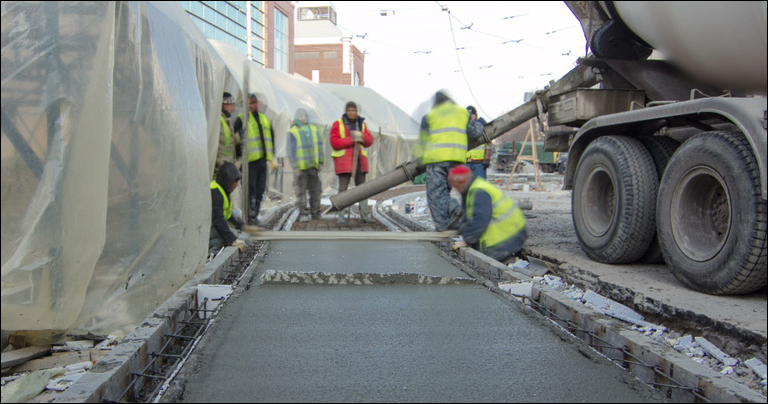How to select right MHE for logistics facilities
By Edit Team | November 24, 2014 7:16 am SHARE

Selection of material handling equipment is an important decision as it affects both the cost and efficiency of handling system. Hence such selection should be done carefully considering some essential factors
A crane is one of the most important machineries in a customer’s factory. Whether it is a part of the process wherein it is running round the clock or it is being used simply for maintenance activities once a year, life becomes miserable if the crane doesn’t perform when it is required. Hence a high level of reliability in any crane is a must.
Sometimes people feel that since they are not using the crane regularly, they can compromise on the quality and go in for an inferior product. However, what they fail to consider is that in case of breakdown of such a crane at the moment when it is most required, the consequential losses that will be incurred might be far more than the amount which is the difference between an inferior crane and a well-engineered crane.
‘Must consider’ factors while choosing MHE
Selection of appropriate material handling equipment (MHE) is of course essential as it helps achieve desired results with good amount of productivity and efficiency, that too in stipulated time. However, for this to happen, it obviously becomes important to identify and choose right MHE in order to fulfil the project requirements. Let us explore what are the important points to be considered while selecting of such MHE for logistics facilities.
“While selecting cranes for a particular project, clients should consider their requirements carefully taking into account the area they want to cover, maximum load to be lifted and the load capacity required at the tip of the boom,” says Tushar Mehendale, Managing Director, ElectroMech Material Handling Systems (I) Pvt. Ltd.
Actually the selection of right MHE starts from the very first stage of designing of the warehouse, selecting right storage systems basis, the type and no. of SKU’s, frequency of movement and speed of the operations.
“Material handling efficiency can be enhanced by selection of right storage systems and compatible material handling equipment,” believes Rahul Sagar, Assistant General Manager – Marketing, Maini Materials Movement.
By selecting the right storage and MHE suited for the warehouses, the logistics firms significantly benefit with many factors. Mr Sagar mentions the same as follows:
• Boost in productivity
• Reduction in operational costs
• Decrease in unit material handling costs
• Reduction in manufacturing cycle time
• Contribution towards a better control of the flow of goods
• Provision for improved working conditions and greater safety
• Achievement of decreased storage requirement (on account of faster handling)
• Achievement of higher productivity at lower manufacturing costs.
Selection of equipment also depends on the nature of operations like whether handling is temporary or permanent, whether the flow is continuous or intermittent and material, flow pattern-horizontal or vertical. In addition, engineering factors such as door, ceiling dimensions, floor space, floor conditions and structural strengths should also be taken into consideration in the selection of equipment.
Furthermore, safety is an extremely important aspect to be considered while purchasing cranes. Any smallest of accidents on a crane can result in great damage and possible loss of life. Additionally, well-engineered cranes have a long life and are essentially like a permanent part of any factory structure. Hence the availability of long term support for the cranes is also a must.
Moreover, following are some more factors to be taken into account for the purpose:
Properties of the material
Whether the material is solid, liquid or gas, and in what size, shape and weight it is to be moved, is important decision and can lead to a preliminary elimination from the range of available equipment under review. Similarly, if the material is fragile, corrosive or toxic this will imply that certain handling method and containers will be preferable to others.
Production flow
If the flow is fairly constant between two fixed positions that are not likely to be changed, fixed equipment such as conveyors or chutes can be successfully used. If, on the other hand, the flow is not constant and the direction changes occasionally from one point to another because several products are being produced simultaneously, moving equipment such as trucks would be preferable.
Layout and characteristic of the building
Another restricting factor is availability of space for handling. If the building is multi-storied, chutes or ramp for industrial trucks may be used. Layout itself will indicate the type of production operation (continuous, intermittent, fixed position or group) and indicate some items of equipment that will be more suitable than others. Floor capacity also helps in selecting the proper MHE.
Cost considerations
This is the most important consideration. Other factors can help narrow the range of suitable equipment, while costing can help in taking the final decision. Several cost elements need to be taken into account when comparisons are made between various items of equipment that are all capable of handling the same load. Initial investment and operating and maintenance cost are the major costs to be considered. By calculating and comparing the total cost of each items of equipment under consideration, a more rational decision can be reached on the most appropriate choice.
Selection of supplier
Keeping in mind the above mentioned things, it automatically becomes imperative to choose correct supplier for the purpose in order to get desired result.
“Selection of the supplier should be done so as to ensure a reliable and safe crane, with adequate service back-up across the country,” adds Mr Mehendale.
Ideally, a customer should look for a proven track record of a crane manufacturer, its engineering capabilities, and its ability to provide efficient after sales service support, its ethics in supplying the committed specifications and most importantly the leadership position it enjoys in the industry. Thus reliability of the equipment, supplier reputation and the after sale services play an important role in selecting the equipment.
Current offerings
“Maximising utilisation of warehouses by volumes is the newer trend in metros and mini metros,” observes Mr Mehendale. “Stacker cranes play a significant role in facilitating optimum space utilisation and warehouse operations by providing a highly effective, quick and safe solution for storing and retrieving material from vertical racking systems.”
Stacker Cranes
In addition to the entire array of products that ElectroMech offers to its customers, the company designs special purpose cranes such as Stacker cranes that are used for specialised applications in various sectors and industries.
Stacker cranes, indigenously designed and manufactured by ElectroMech, were conceptualised and introduced in 1993. A Stacker crane is a specialized product that can be considered a combination of an EOT crane with a forklift. The current version ElectroMech offers to clients is a thoroughly modernised version of the original concept, with a slewing bearing for smooth operation. The system allows storage of all the components in a systematic, palletised manner and enables quick retrieval in the warehouse.
Stacker crane allows for narrower aisles as compared to the space required by a forklift to manoeuvre. As the racks support the crane, no additional supporting structure is required for operating the stacker cranes.
Since the Stacker cranes are electrically operated, there are no diesel fumes and do not require recharging of the batteries. ElectroMech Stacker cranes have been supplied to several clients in India as well as across the globe.
Mr Sagar informs about the offerings from Maini in the field. Maini’s current offerings comprise of:
(A) Material handling and intra-logistics solutions:
• Class 1 products comprising of electric forklift trucks, electric reach trucks
• Class 2 products comprising of VNAs
• Class 3 products comprising of Stackers, BOPT’s and HPTs
• Class 4 products comprising of ICE forklift trucks with cushion tyres
• Class 5 products comprising of ICE forklift trucks with pneumatic tyres
• Tow trucks for various towing and hauling applications
• Dock levellers, scissor lifts for various loading/unloading applications.
(B) Storage solutions:
• Palletised storage solutions: This comprises of pallet racking, drive-in racking and AS/ RS
• Shelving solutions: This comprises of light, medium and heavy shelving systems
• Mezzanines: These mezzanines can be used for civil and industrial buildings for creating workspaces, offices and value added services
• Automated storage: This comprises of vertical storage and retrieval systems and automated storage and retrieval systems.
In addition Maini also offers consulting services for its customers which obviously helps its clients get suitable guidance and advice meeting their requirements from experienced professionals in the field.
“We offer intra-logistics, warehousing infrastructure and storage consulting services for setting up warehouses and fulfilment centres for diverse market segments and industries,” informs Mr Sagar.
End noteWhen it comes to choosing right MHE for right application, the current industry players seem focused on providing the exact solution to its customers. Also it can be said that the need behind choosing correct MHE is being realised well enough nowadays and the required awareness is taking place with its pace. This will certainly ensure increase in proper selection of MHE and in turn helping achieve better and efficient results.
Cookie Consent
We use cookies to personalize your experience. By continuing to visit this website you agree to our Terms & Conditions, Privacy Policy and Cookie Policy.





















































